It had been years since I have been to Ankara. I had lived in Ankara as a child and youngster in the 70s and 80s, during the post-coup years. In the 90s I had worked at Bilkent University as a lecturer for about 6 years.
I am quite familiar with the city; well, I have to say I was, because I could hardly recognize it this time. New roads, new buildings, traffic as heavy as in Istanbul... Apparently Ankara had over-expanded. This Ankara was not that good old Ankara where I once used to live, where I used to hang around, acting out like gangs. Fortunately, some things never change. In many cases, these are the buildings dating back to the earliest years of the Turkish Republic. What was I expecting? Clearly, what concerned me most was the state of the Central Station, which I hadn't seen since 1995. We travelled to Ankara as a family, me, Mürüvvet and Ege. During our stay, we met with Hasan Salih Ay, a friend and old student of mine. One morning he picked us up to take us to the exhibition he was taking part in at Cer Modern and then to the Central Station. While he was driving, I was having a hard time recognizing the neighbourhood. At one point, we took a turn to the right at a large junction and I finally started to understand our whereabouts.

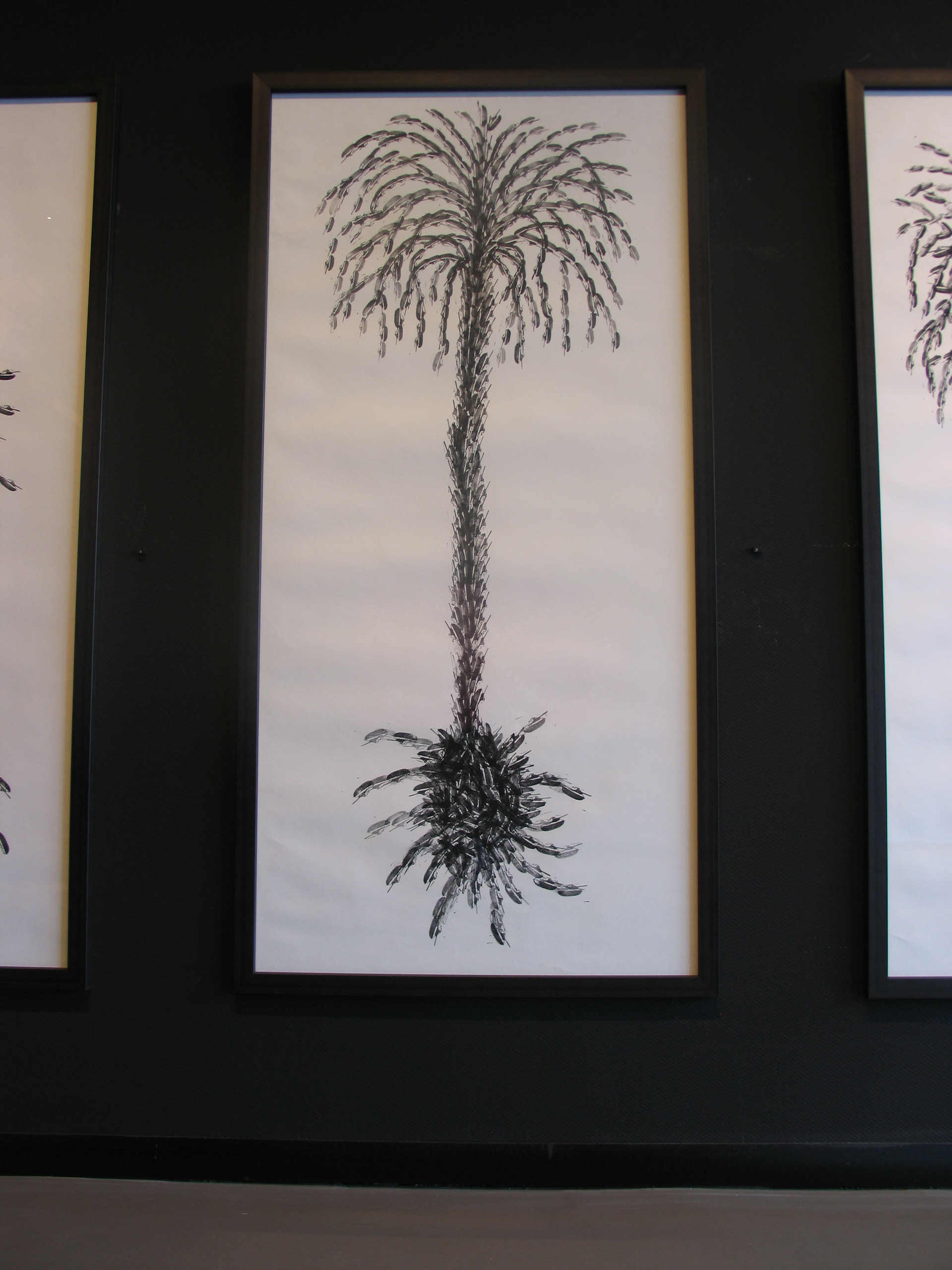
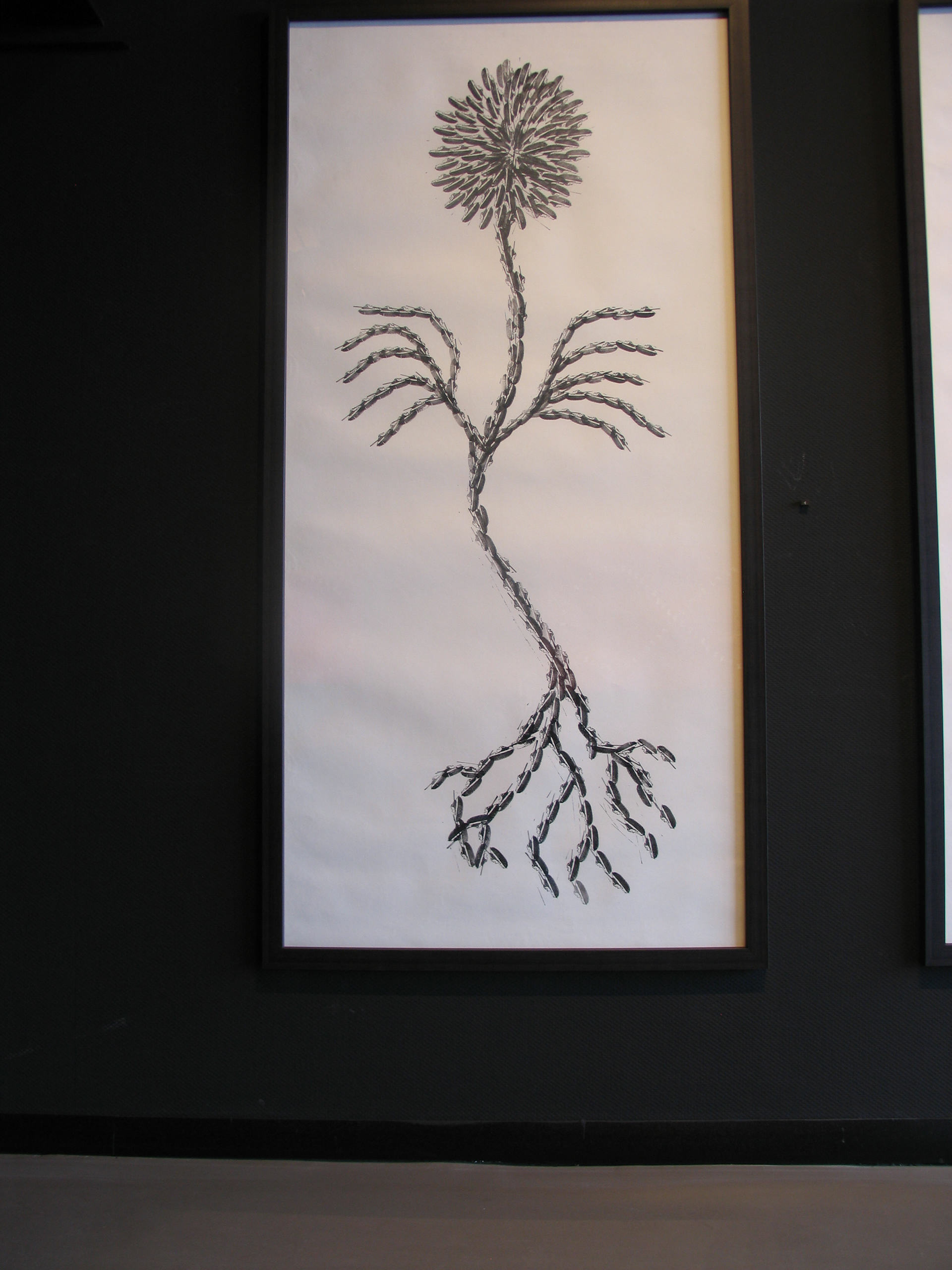

Suddenly, there was the Central Station in all its magnificence. Salih parked the car close to Cer Modern and we started to walk toward the station passing across the concert hall. Not knowing what to expect, I was excited.
We walked in and stopped somewhere close to the centre of the departure lounge. All of a sudden, it all started to come back to me, like a movie stip getting rewound: 1995 Exhibition at the Central Station. Without even realizing it, I started to tell chem about the exhibition, explaining which piece was exhibited precisely where. Walking around the places where the artworks were once displayed, I was talking nonstop, making a virtual travel back in time. I am sure the exhibition was also coming back to Mürüwver, who was also there back then. Salih, on the other hand, was all ears, asking questions. Then he said: "Ive seen a couple of snaps of the works exhibited here but it was nice to take a tour guided by you." The exhibition at the station was in Spring 1995. Now it is the winter of 2013. Seriously, it's been eighteen years and I remember everything down to the tiniest detail. I can repeat that virtual tour if I ever go back to the station. I suppose it really left an impression on me, or my memory is still rather active.
Another day, we made a trip to a place we thought would be important for Ege. We visited Anitkabir. My parents had taken me to Anitkabir when I was child. In a family album, there is a photo of me on the Lions Alley, standing next to a lion. We took a photo of Ege as well.
We will probably put these two photos side by side for fun. Anitkabir was a place Ege had already heard about at school from his teacher. He had seen pictures of it. There he was, standing right before it. But perhaps children do not picture things in their mind so vividly. The moment he saw the mausoleum, he realised that this was the place he knew from his schoolbooks. He turned to us, pointing to it: "Look, there it is... Is this the real thing?" I remembered his reaction years later, when he saw the Eiffel Tower in Paris. Most of the time, cities are associated with their landmarks.
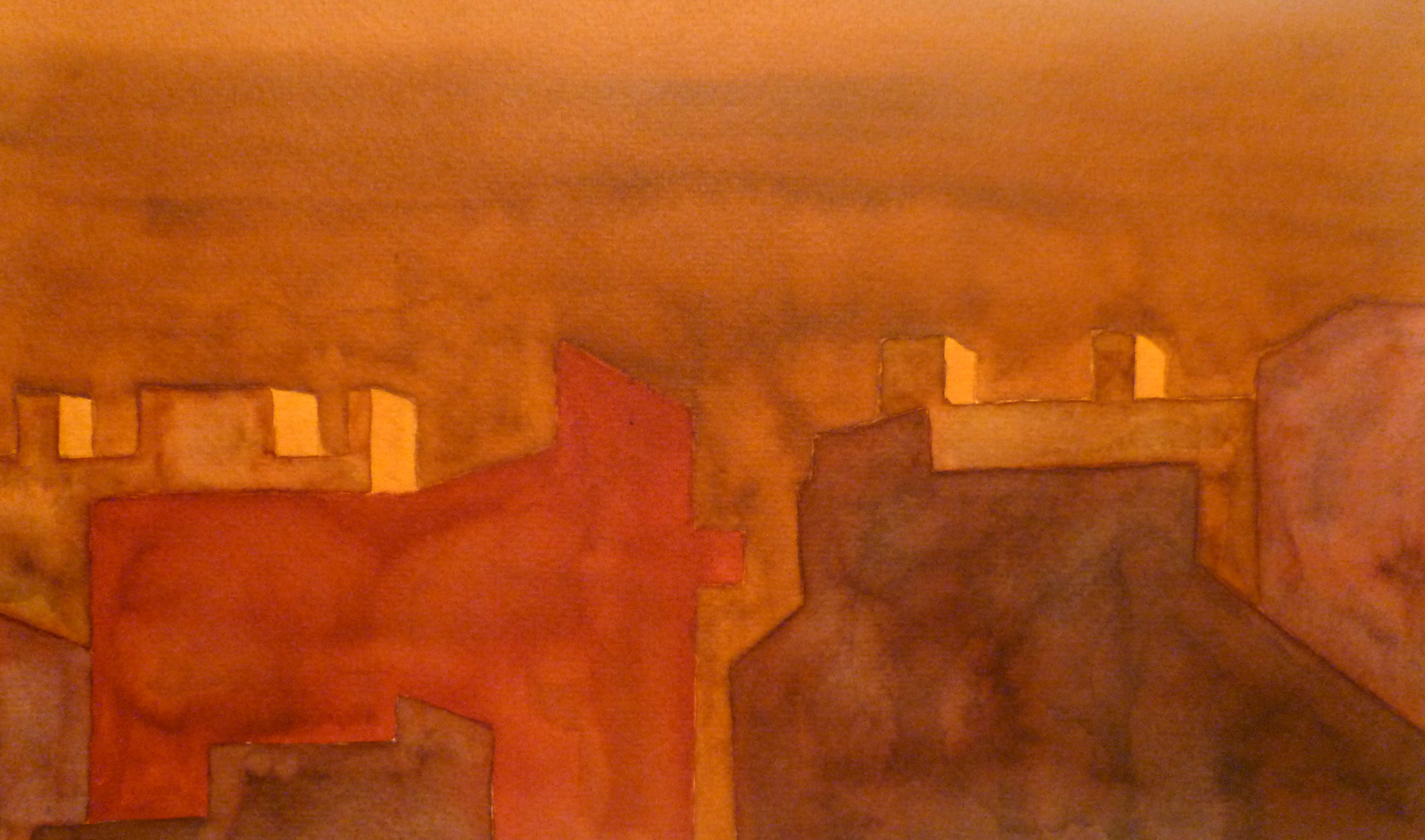

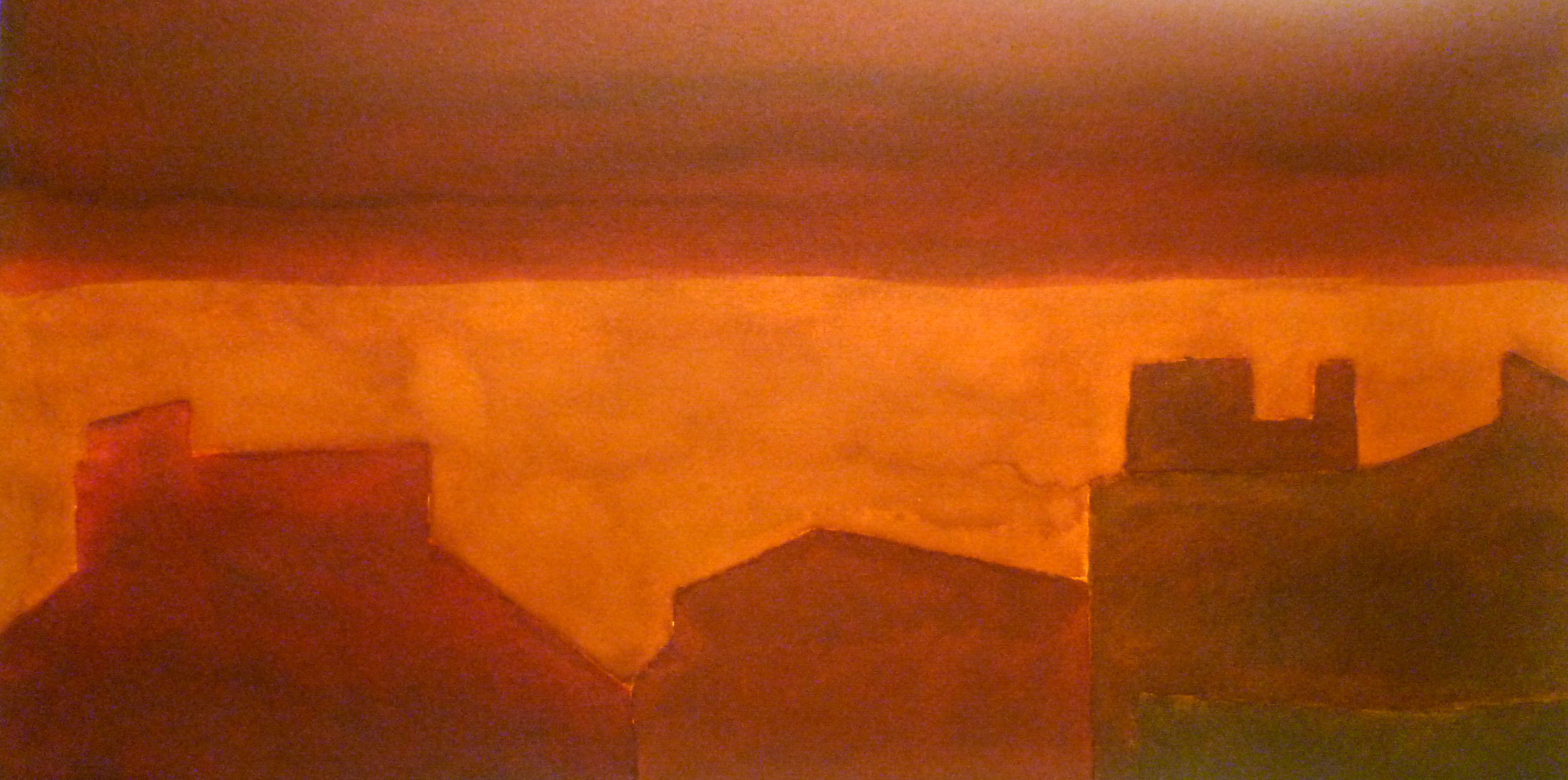
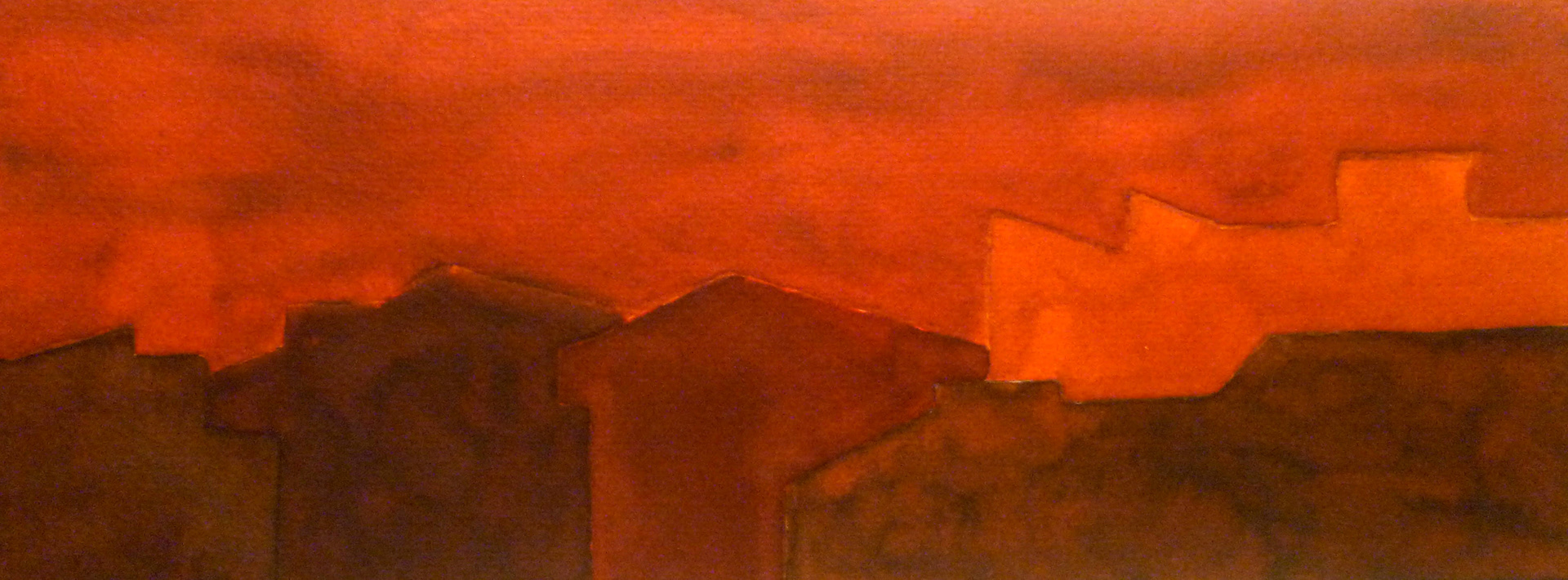
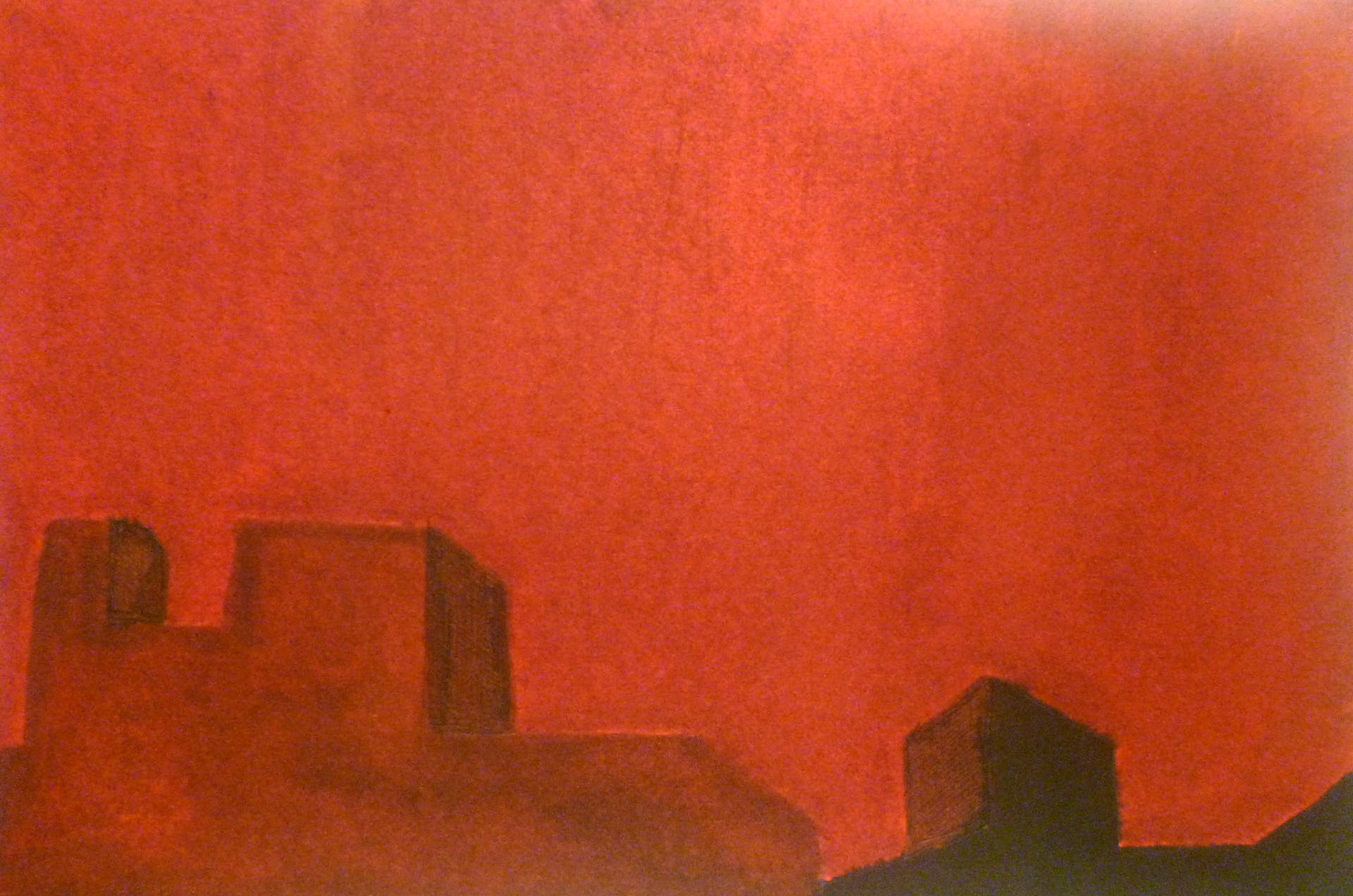
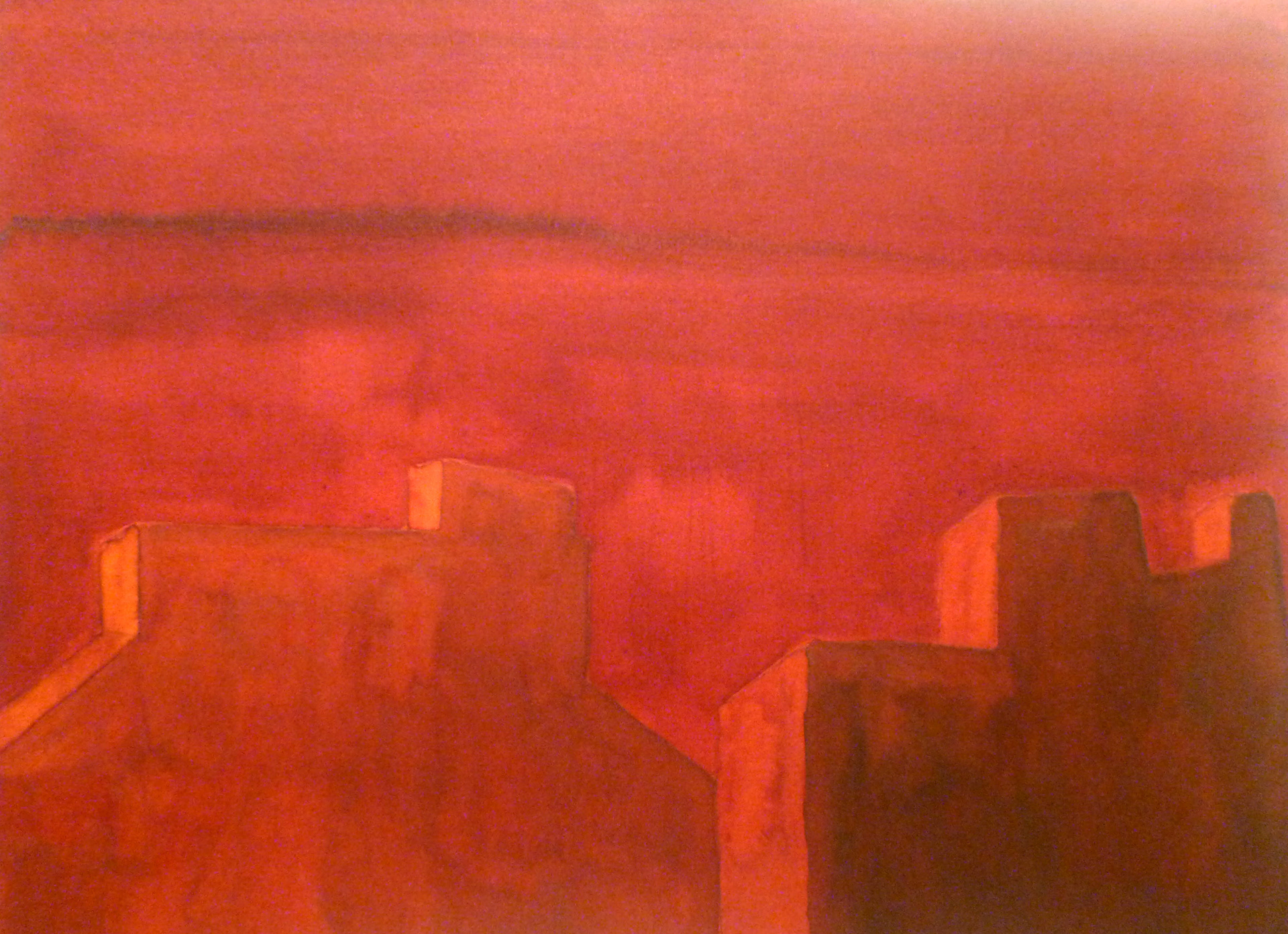

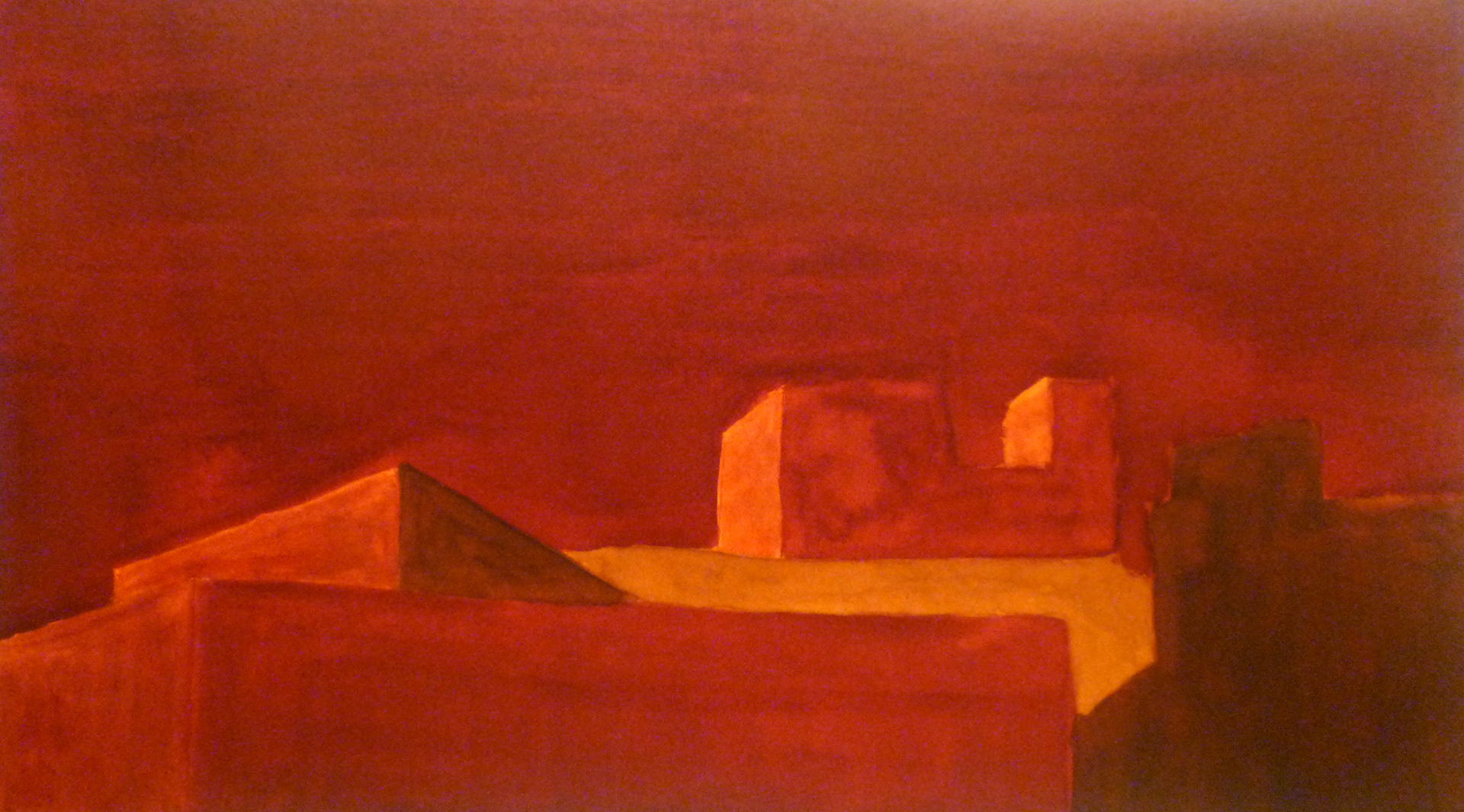
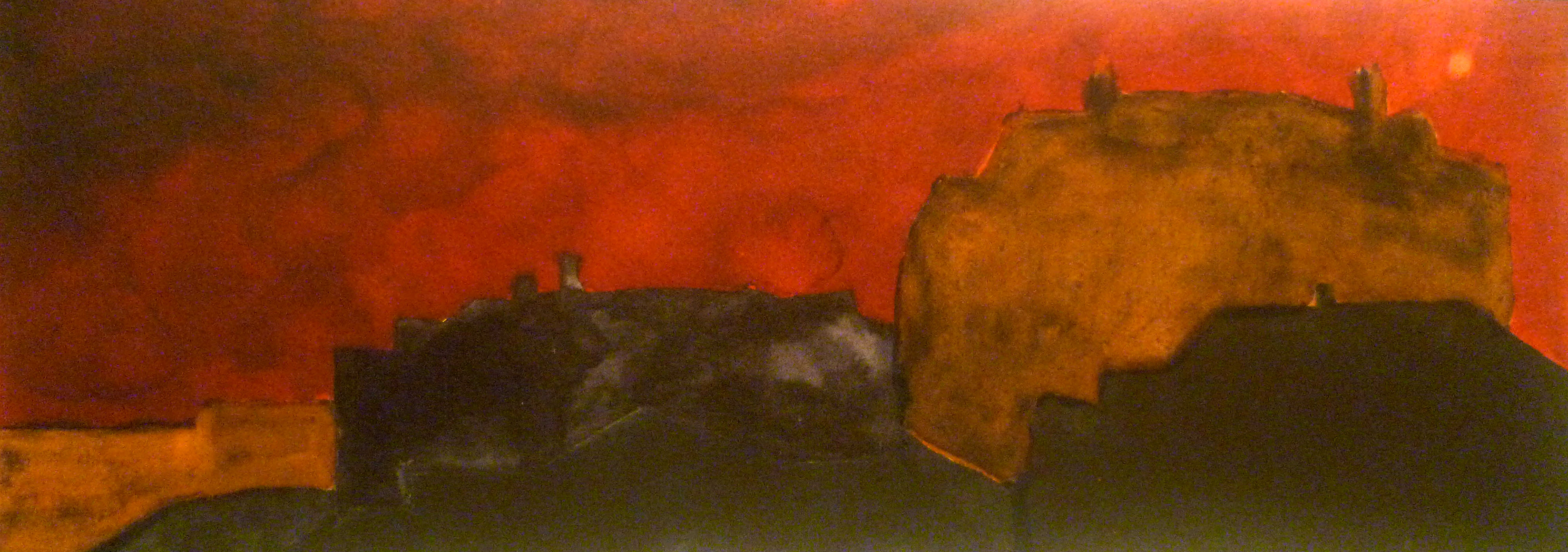
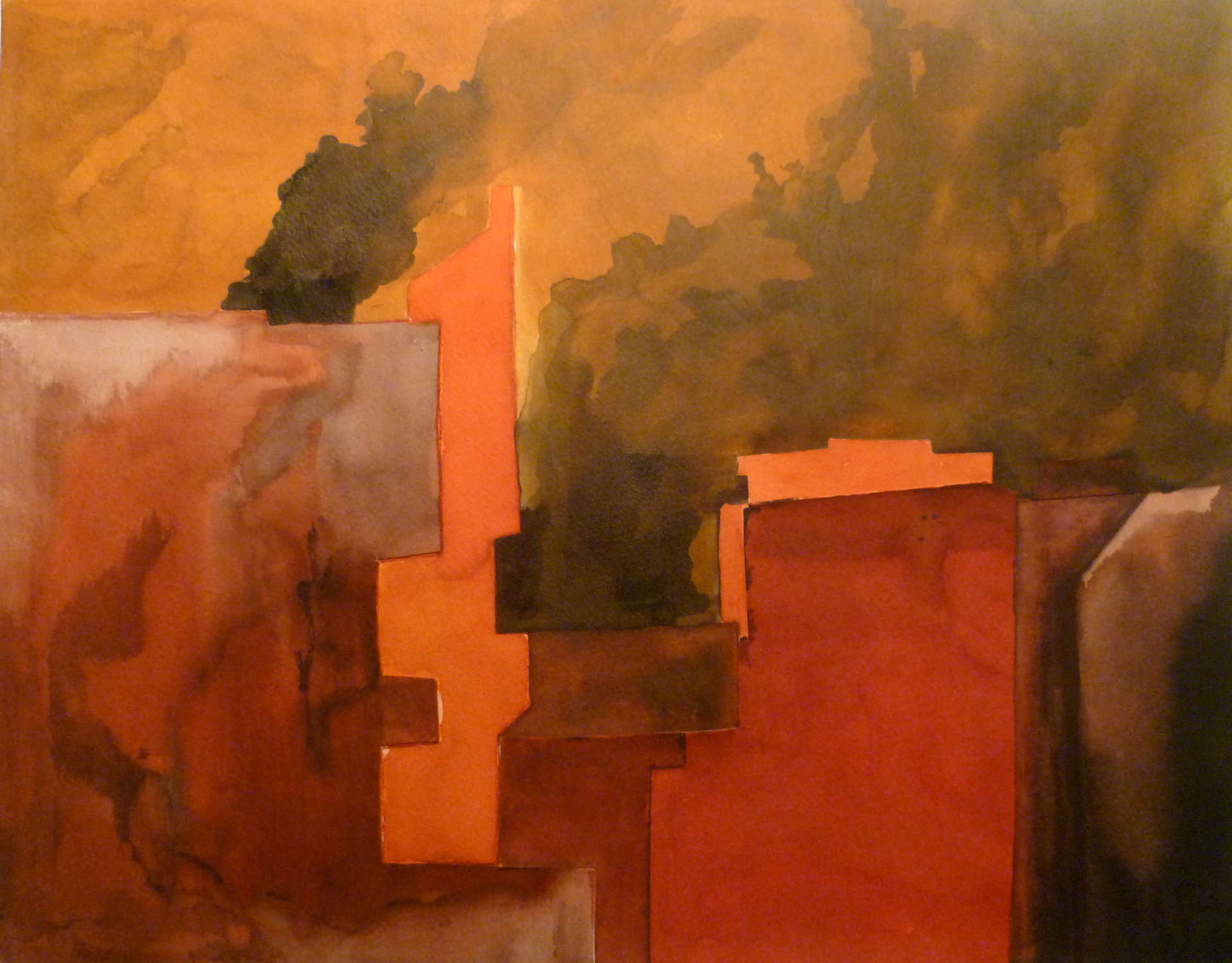

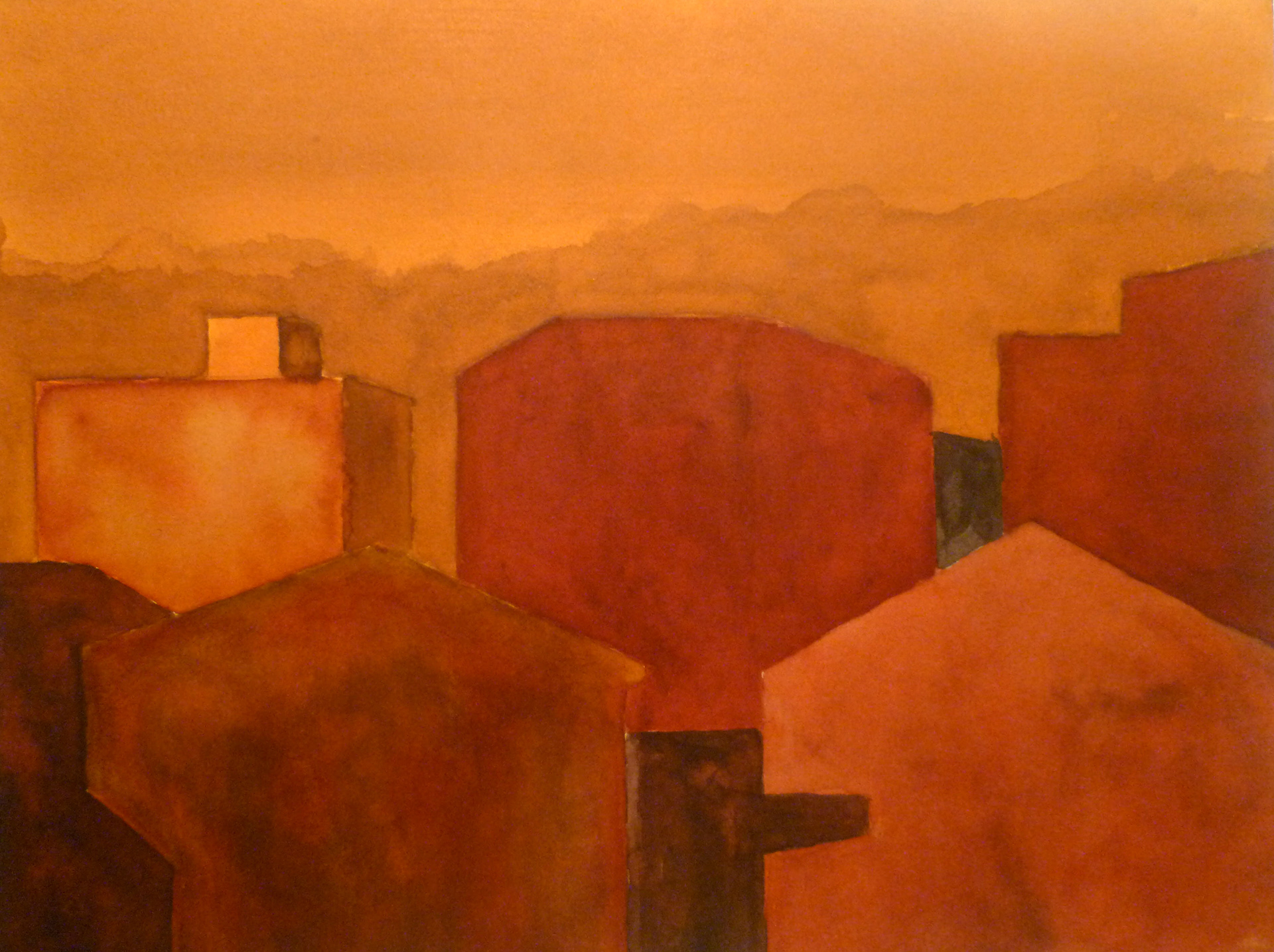
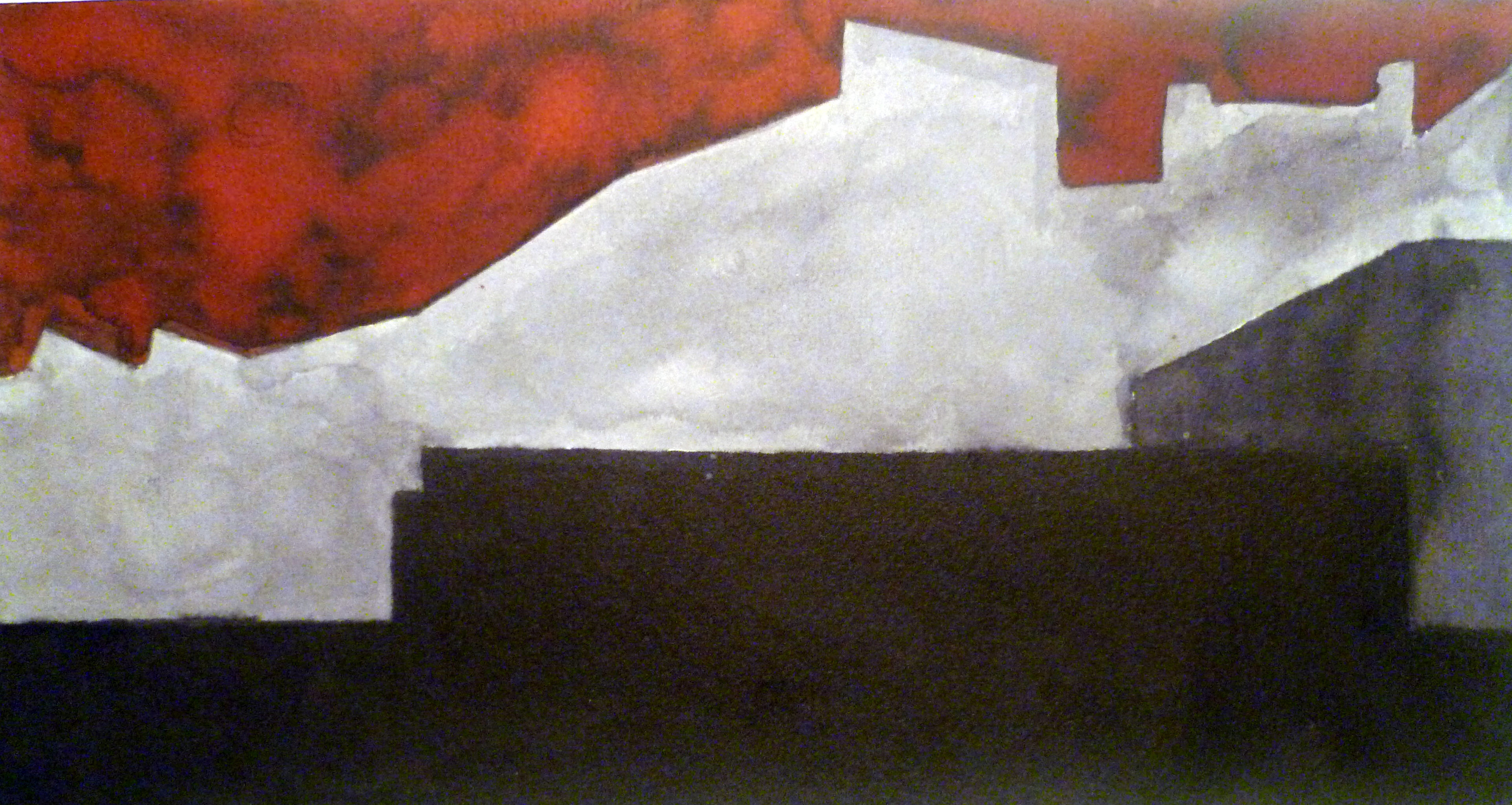

For most people Anttkabir is likely the Ankara landmark. For me, it is the Eiffel Tower for Paris, the Pantheon for Rome, the Reichstag for Berlin, the Sagrada Familia for Barcelona, Big Ben for London, the Acropolis for Achens, the Bosphorus Bridge for Istanbul and the Central Station for Ankara. I now take this to be normal.
M1889 lies in a relatively newer part of the town. Situated across from one of shopping malls, it is amongst the many public buildings clustering next to the four-lane avenue connecting the city to the three universities, METU, Bilkent and Hacettepe.
The "Night" exhibition is probably the most introspective one among them all. My past experience in Ankara may have had an impact on it. Eighteen years later, I am revisiting the city for an exhibition. The city whispers from some privy corner, with its foggy, cold and dry air smelling of coal-dust in wintertime that makes you feel like staying in. "Night" reflects the moment when my painting activities of the winter nights of the years 2009-13 meet with the character of the Jester BurstingAt TheSeams.
I prefer referring to the place I work as the "Cabinet." This is a small room at home, a playground for me where I liberate my thoughts, let myself make some mistakes, pull the curtains, look out the window when I am bored. As my son Ege once said, "he night is the biggest shadow." Usually, I come to my "Cabinet" or retreat to the shadows at nights. The paintings in this exhibition were born during the last five years, with certain intervals.
In a sense, these paintings are accompanied by a spiral of emotions, blended with my inner world, screened, sifted and imbued with certain symbols, while taking a glance at the outer world through the window of my "Cabinet." In the saffron night, a window opened onto the uncertainty our
world is pregnant with
Tank silhouettes large and small blended into nature's geometry
Sponge traces invaded colourful retina planets
Blow after blow on the trees of life
The rest was born after the shamanic dance of the jester